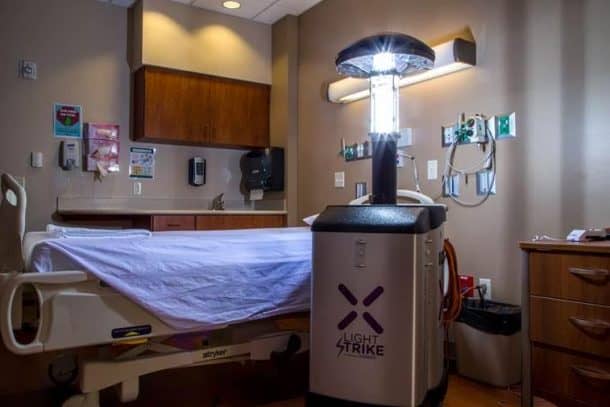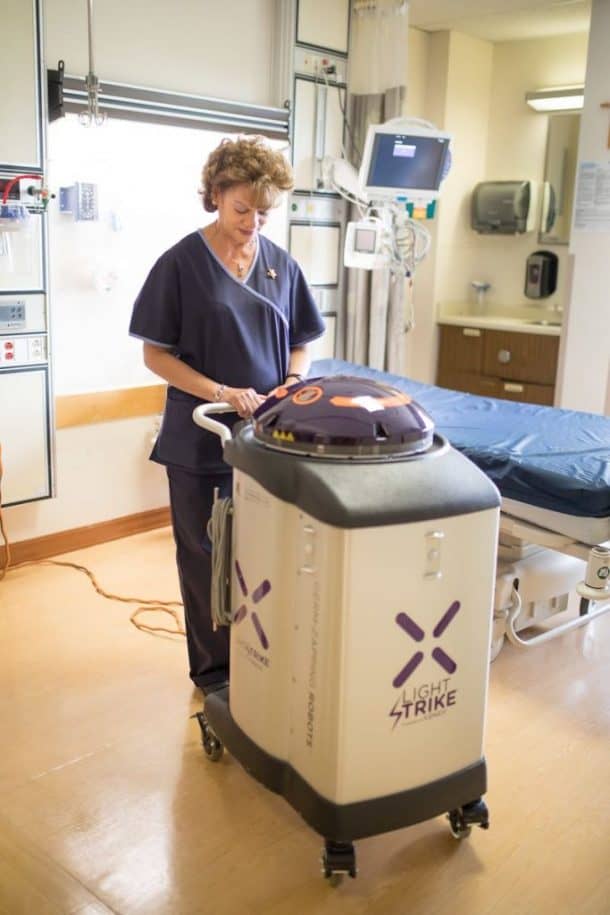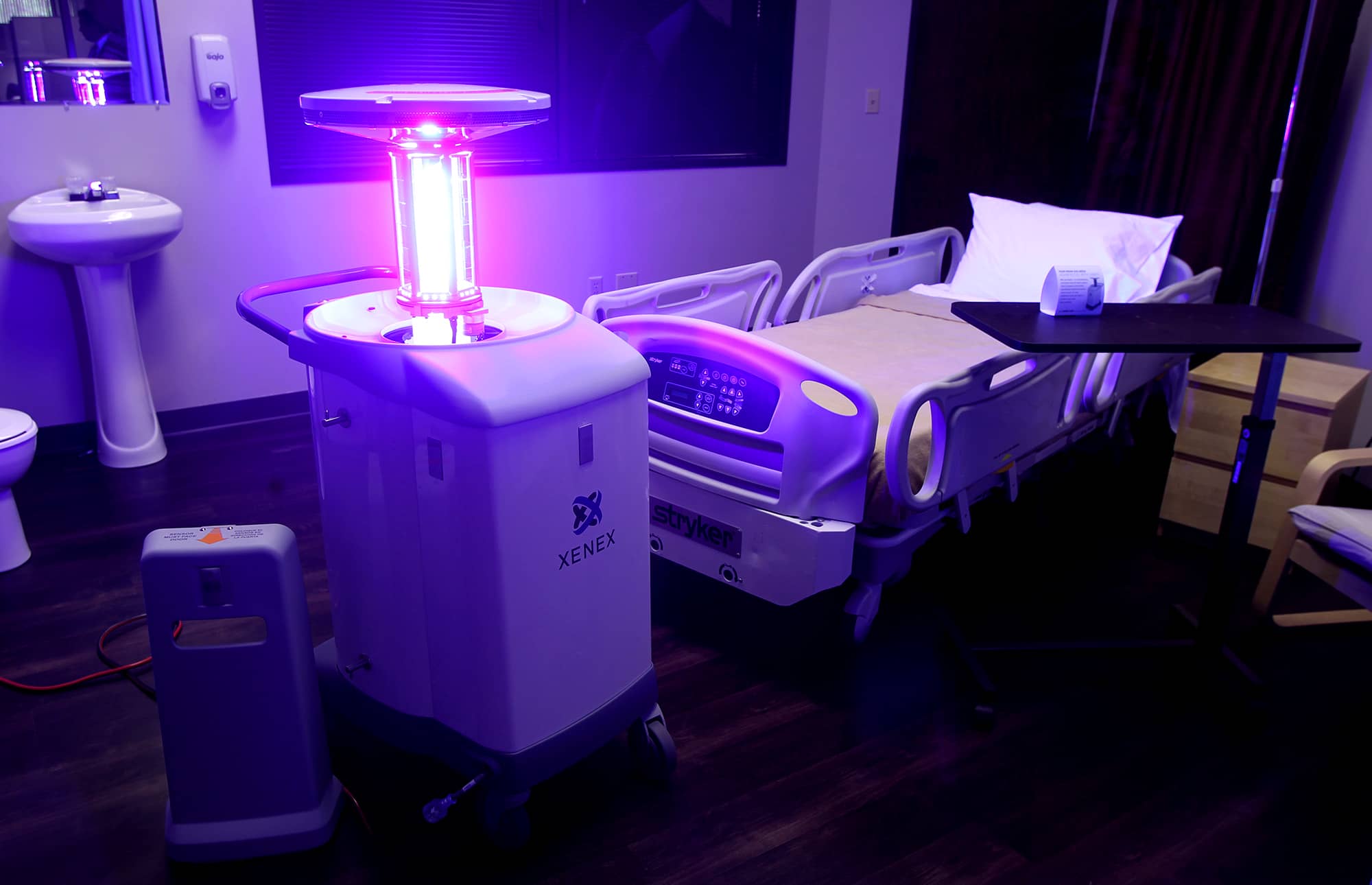One place that offers each and every variety of pathogens is the hospital. You visit hospital for a cure but deadly pathogens and drug resistant organisms are already waiting to attack you right away. The Xenex Germ-Zapping Robot™ protects the patients while destroying bugs in hospitals and medical centers with bursts of ultraviolet (UV) light.

The director of Infection Prevention at Saint Peter’s University Hospital, Amy R. Gram, says,
“In infection prevention, our goal is to provide a clean, safe environment for our patients, their families, and our employees. This latest technology provides an added level of protection in combating Hospital Acquired Infections (HAIs) caused by pathogens such as Clostridium difficile and Staphylococcus aureus.”
Ultraviolet technology has been widely used for antimicrobial purposes. However, the Xenex robot is easier and safer method that uses pulsed Xenon; a very high-intensity UV light. The light emitted by the robot penetrates the microorganism cell walls, whether it is bacteria, viruses, mold, fungus, or spores. This fuses the DNA of the targeted organisms and stops them from being reproduced or mutated, while killing them once and for all.

Although most hospitals follow proper practices to keep the place as germ-free as possible, the detailed cleaning is still a very extensive task that requires long hours. The Xenex Robot handles the entire problem efficiently while taking no longer than 10 minutes to zap all the pathogens. First, the room is cleaned, and then the areas with highest traffic and risk are targeted after a little preparation.
Robot Enhances Hospital Safety by Killing Infection-Causing Microbes https://t.co/v5mLCNmcR1 #robotics #digitalhealth pic.twitter.com/Wacaf7FihJ
— Berci Meskó, MD, PhD (@Berci) August 8, 2017
The manager of environmental services for Saint Peter’s University Hospital, Perry Zygband, said,
“This is a revolutionary system that provides a second layer of protection after a room is cleaned and sanitized. It’s a cool device—it looks like R2-D2 from Star Wars or the robot from Lost in Space. It’s a cool device—it looks like R2-D2 from Star Wars or the robot from Lost in Space.“
He adds,
“Anything that helps clean the room benefits patients. They can know the room has this second layer of protection to destroy germs.”
Most viruses are considered to be too strong for common antibiotics, but even the strongest are no match for this robot. It can even kill Clostridium difficile (C.diff), norovirus, influenza, Ebola, and methicillin-resistant Staphylococcus aureus, also known as MRSA. Many of these pathogens increase the recovery time of the patient and potentially prove fatal.
More than 400 hospitals across Europe, Asia, Africa, and the US have employed this robot. Some of them figured out that their infection rate has dropped to 70% of its initial rate. According to the Xenex website, hospital acquired infections (HAI) kill as many people in the US as AIDS, breast cancers, and auto accidents combined. The HAIs alone cost more than $30 million a year to the healthcare industry.
Every hospital must employ this robot to reduce health hazards. Useful and Quick!


